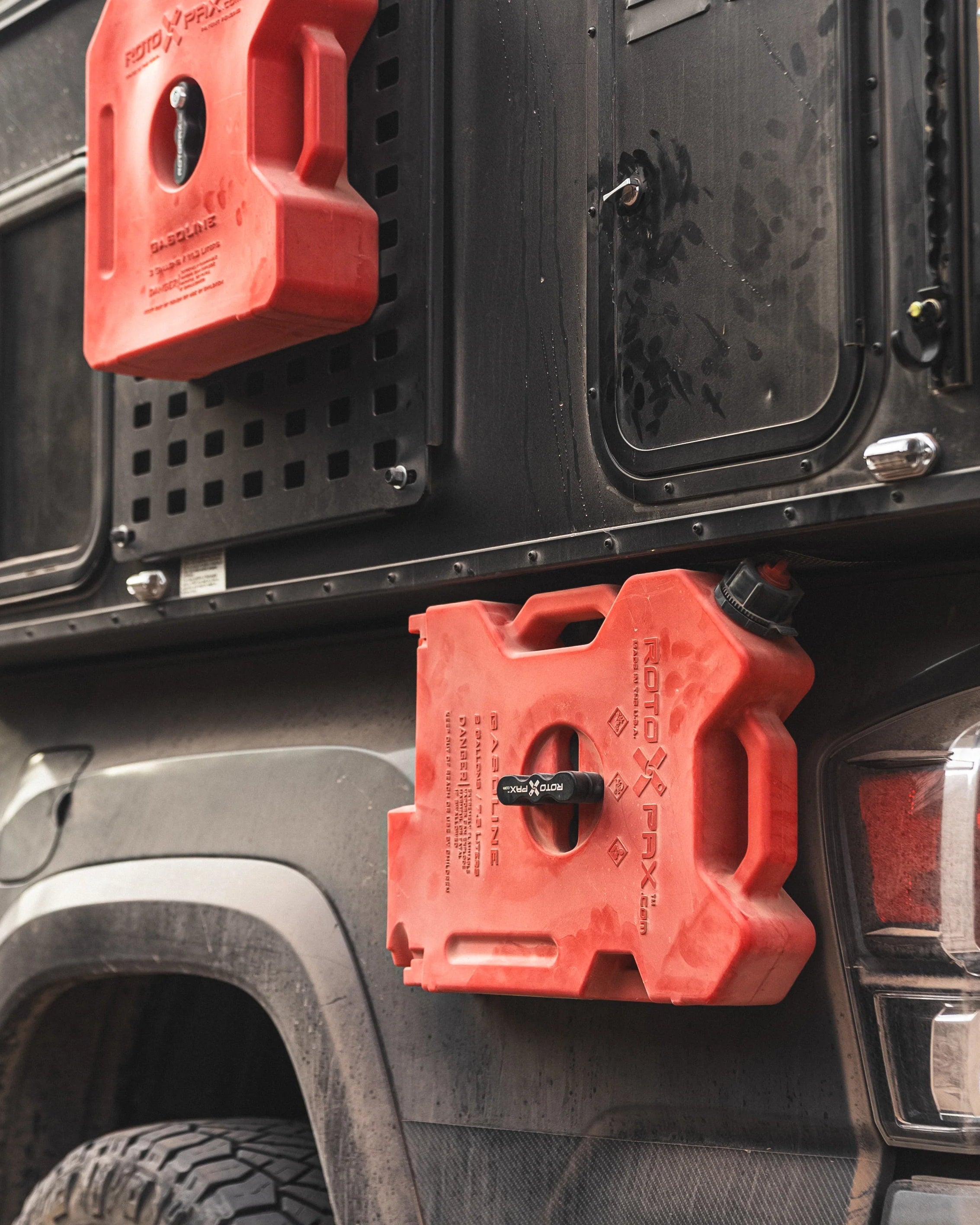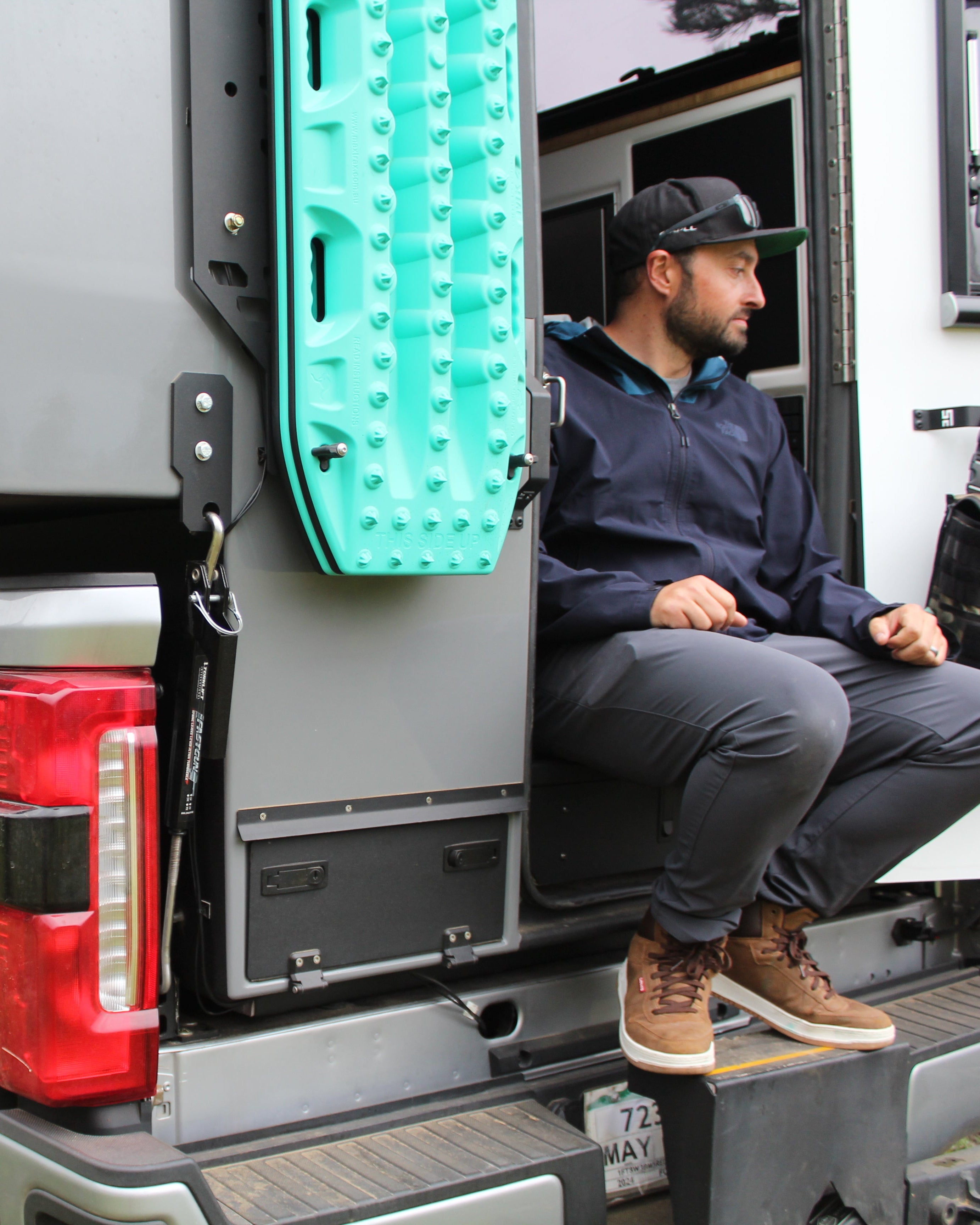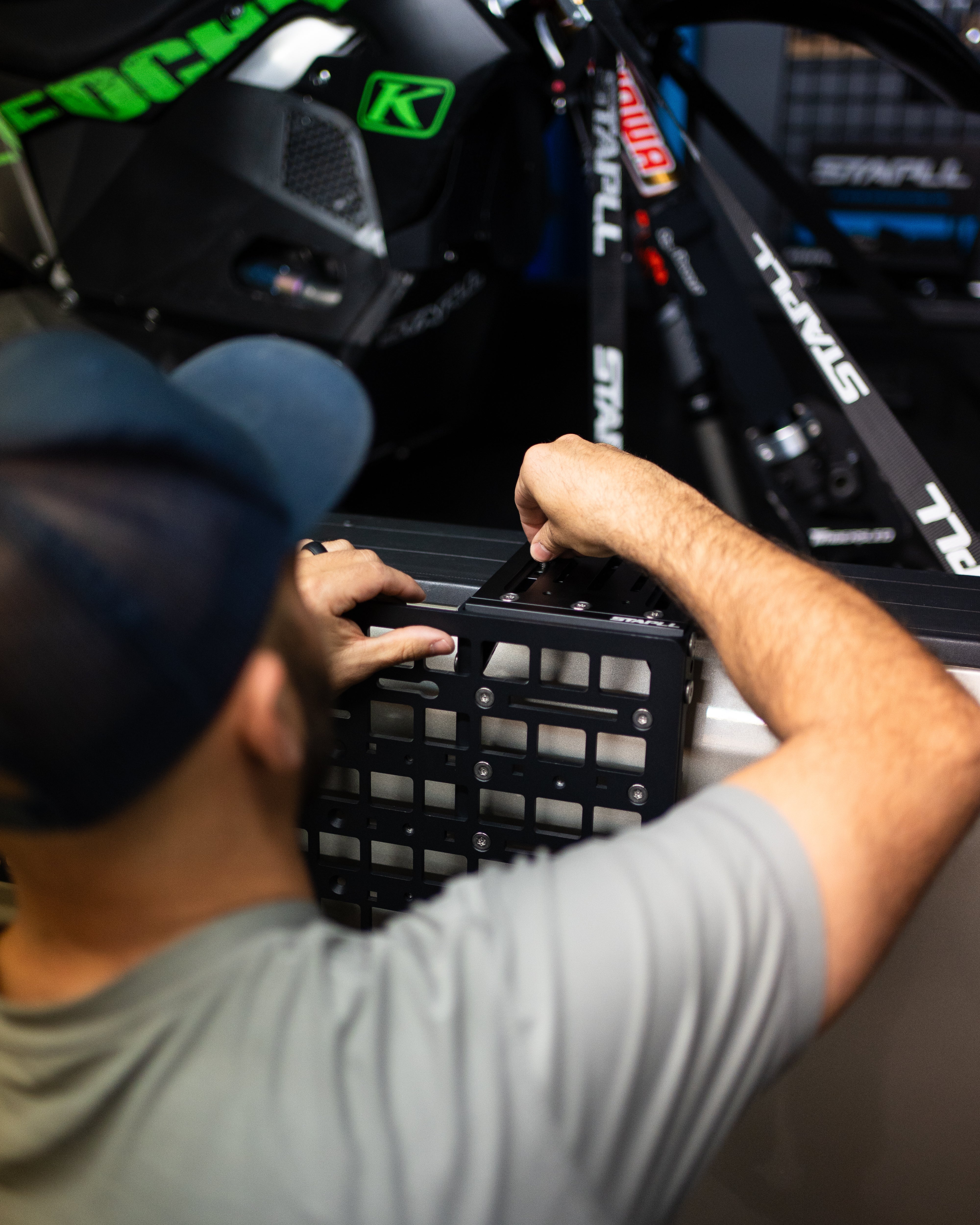Bungee cords and paracord are two types of versatile, elastic cords that can be used for a variety of purposes. While they may seem similar at first glance, there are actually some significant differences between the two that make them better suited for different tasks.
Bungee cords are made of rubber and are typically covered with a protective sheath to prevent them from breaking or fraying. They are best known for their use in securing loads or as a safety harness when jumping off bridges or other high structures. Bungee cords are strong and durable, and they are able to stretch to several times their original length before returning to their original shape.
Paracord, on the other hand, is made of nylon and is often used in outdoor activities such as camping and hiking. It is known for its versatility, as it can be used for everything from setting up a shelter to repairing gear. Paracord is also strong and durable, but it is not as elastic as bungee cord.
One key difference between bungee cords and paracord is their stretchability. Bungee cords are much more elastic than paracord, making them better suited for tasks that require a lot of stretching and tension. They are also much better at absorbing shock, making them ideal for use as a safety harness or for securing loads that may be prone to movement.
Paracord, on the other hand, is more rigid and does not stretch as much as bungee cord. This makes it better suited for tasks that require a lot of strength and support, such as setting up a shelter or lashing gear together. It is also more resistant to UV light and abrasion, making it a popular choice for outdoor activities.
In conclusion, both bungee cords and paracord are useful and versatile cords that have their own unique strengths and uses. Bungee cords are best for tasks that require a lot of stretching and shock absorption, while paracord is better suited for tasks that require strength and durability. So, depending on your specific needs, either bungee cords or paracord could be the right choice.















Leave a comment
All comments are moderated before being published.
This site is protected by hCaptcha and the hCaptcha Privacy Policy and Terms of Service apply.